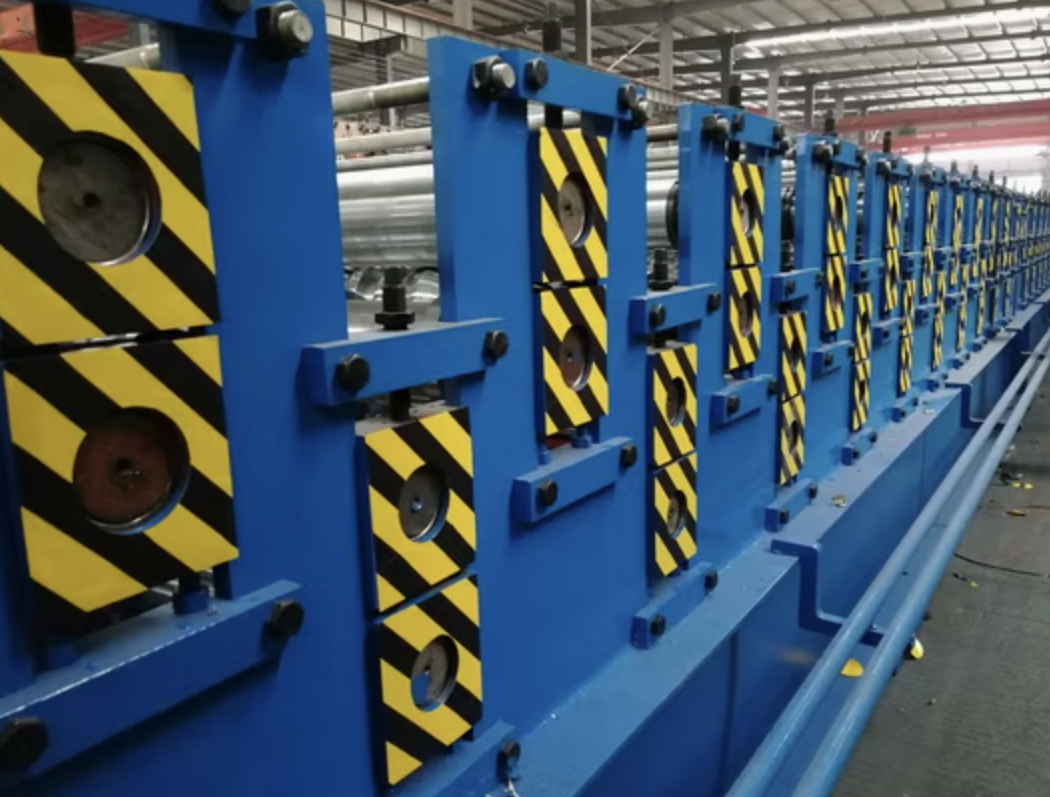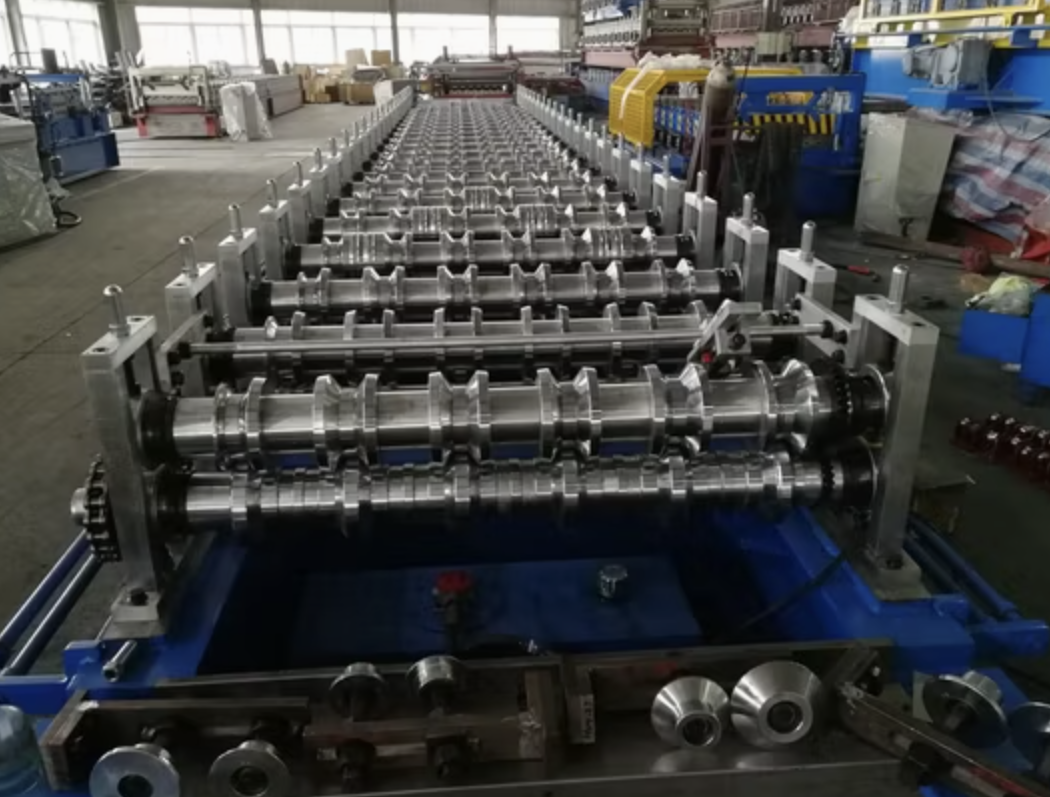To express an interest in this machine please submit the form below.

Not Sure What Machine You Need?
Select Your Profile, We'll Match It
Choose your desired profile drawing, and let Machine Matcher connect you with the best roll forming machine tailored to your needs.
Browse Profiles


Cassette type roll forming machines are designed for flexibility and efficiency, allowing quick profile changes with minimal downtime. By using interchangeable cassettes, manufacturers can switch between different profiles on a single machine frame without the need to recalibrate or reconfigure the rollers. This feature makes cassette type roll forming machines an ideal choice for industries requiring versatile profile production, like automotive, construction, and HVAC.
A cassette type roll forming machine features a primary machine frame with removable cassettes for various profile formations. Each cassette is configured with a unique set of rollers, tailored for a specific profile. This modular approach optimizes the production line, allowing manufacturers to expand capabilities without investing in multiple machines. These machines typically integrate advanced technologies, such as programmable logic controllers (PLC) and automatic hydraulic systems, to ensure precision, speed, and ease of use.
Q1: What industries benefit most from cassette type roll forming machines?
A: Cassette type roll forming machines are especially beneficial for industries that require a variety of profiles but aim to minimize the need for multiple machines. This includes the automotive, construction, HVAC, and metalworking industries, where product diversity is key.
Q2: How much time does it take to switch cassettes in this machine?
A: Switching cassettes usually takes between 15 and 30 minutes, depending on the machine design and operator experience. This quick-change capability reduces downtime significantly compared to traditional roll forming machines.
Q3: What are the material limitations for cassette type roll forming machines?
A: Most cassette type roll forming machines can handle materials like steel, aluminum, and copper within a thickness range of 0.3mm to 2mm. However, this can vary by model and should be checked with the manufacturer if specific materials are required.
Q4: Can a cassette type roll forming machine be customized for specific profiles?
A: Yes, these machines are highly customizable. Cassettes can be specially designed for unique profiles, making them adaptable to specific customer requirements. Users can purchase additional cassettes to expand the machine’s profile capabilities.
Q5: Are there any limitations to profile complexity with cassette type machines?
A: While cassette type machines can handle various profiles, very complex profiles requiring significant adjustments may still require dedicated machinery. The complexity of profiles can influence cassette design and costs.
Q6: How can I ensure consistent quality with different profiles on this machine?
A: Consistent quality is maintained through the PLC control system, which stores preset parameters for each profile. By selecting the desired profile from the PLC, the machine automatically adjusts speed, pressure, and roller positioning to ensure uniform quality.
Q7: What maintenance is required for cassette type roll forming machines?
A: Regular maintenance includes cleaning the rollers, lubricating moving parts, and checking the hydraulic systems. Additionally, it’s essential to inspect cassettes periodically for wear and tear, as they play a crucial role in profile accuracy.
Q8: Are there any specific safety features integrated into these machines?
A: Yes, cassette type roll forming machines come with safety guards, emergency stop buttons, and overload protection to ensure operator safety. Training on safe cassette handling is also recommended.
Copyright 2025 © Machine Matcher.